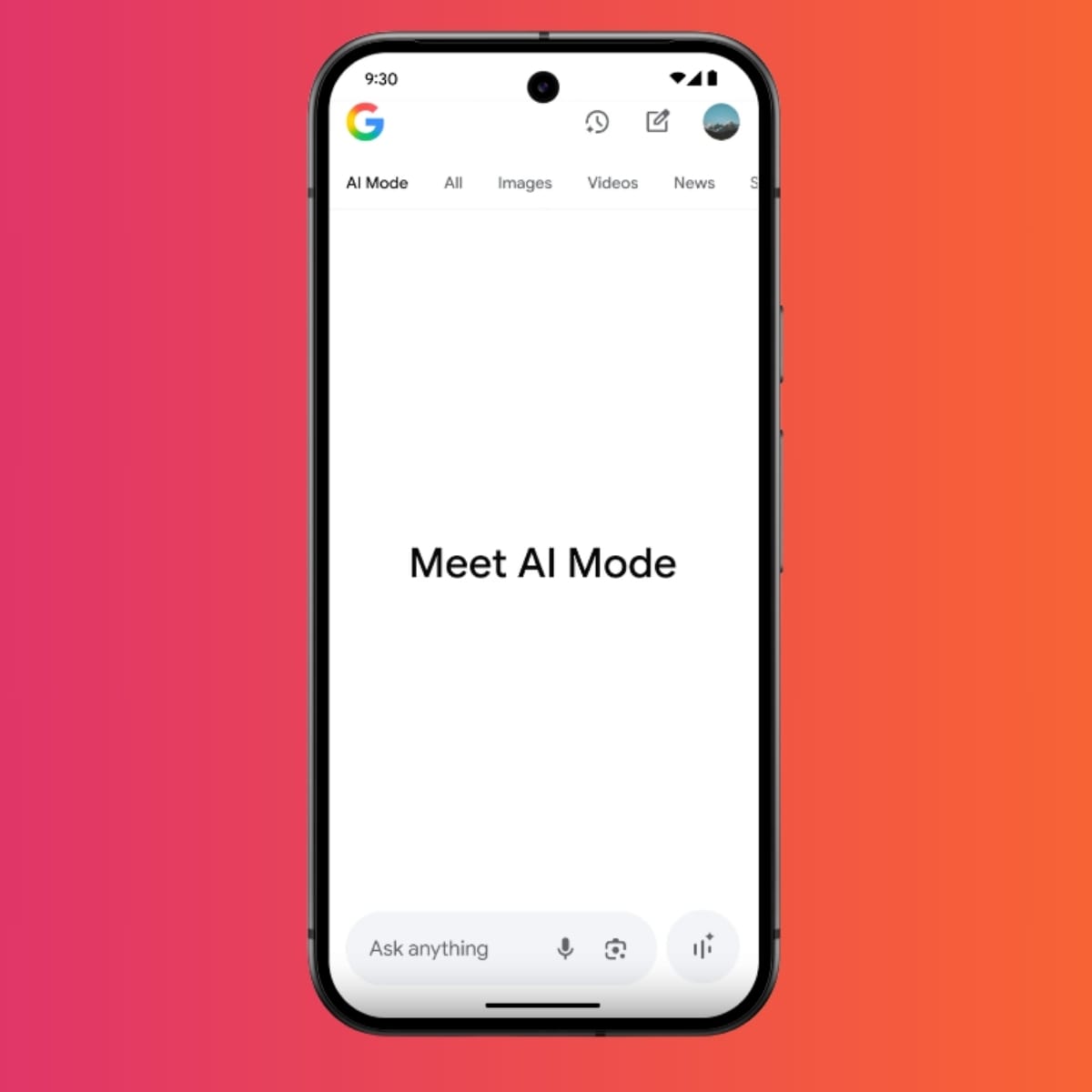By Purva Gupta, Co-Founder and CEO of Lily AI
Key Takeaways:
- From Search to Answer: Google’s “AI Mode” pivots search from links and clicks to zero-click answers.
- Evolution, Not Revolution: SEO strategies are still (mostly) the same AEO and GEO strategies.
- Data is (Still) King: Why betting on product data is the key to winning in the AI-powered search era.
At Google I/O 2025, the tech giant unveiled the next iteration of Google search technology with the introduction of “AI Mode.”
This new feature, now available to all U.S. users, offers a conversational, AI-driven search experience that moves beyond traditional keyword-based queries to provide more intuitive and personalized results.
The question on every retail CMO, digital executive, and performance and search marketer’s mind is: Is AI Mode revolution or evolution, and what does this mean for SEO and SEM?
What Is Google’s AI Mode?
For starters, AI Mode represents a significant evolution in how users interact with search engines. Powered by Google’s advanced Gemini 2.5 Pro model, AI Mode delivers chatbot-like interactions, synthesizing information from multiple sources to provide comprehensive answers.
It also supports features like image-based queries, real-time object recognition through “Search Live,” and virtual shopping try-ons using augmented reality. An impressive lineup to be sure!
Google AI Mode is being rolled out this week in the U.S, with a new tab for AI Mode appearing under the search bar. When Google announced AI Mode in March 2025, it was only available to U.S. users who opted in via Search Labs.
This means brands and retailers will need to closely monitor website organic traffic and SEO performance so they can stay nimble and adapt quickly.
Implications for Brands and Retailers
The advent of AI Mode signals a pivotal change influenced by consumer search behavior and consumer adoption of AI.
With 4/10 U.S. consumers already using Generative AI and Answer Engines for Shopping, it’s critical to ensure marketers invest in winning organic search strategies that span not just traditional search engines yet also AEO, GEO, and Agentic search and shopping.
Here are 3 Ways to Adapt to AEO and AI Mode:
- Invest in Universally Beneficial AEO+SEO Tactics: As AI-driven search results become more prevalent, traditional SEO tactics must evolve to also support AEO. Marketers should focus on optimizing content to be easily interpreted and utilized by AI models. This includes structuring data with rich product attributes and using natural language that aligns with how consumers phrase their queries.
- Enhance Both Visible and Non-Consumer-Facing Content: AI Mode’s ability to understand nuanced queries means that detailed product information is more critical than ever. Retailers should ensure their product listings include comprehensive attributes. This level of detail aids AI in matching products to specific consumer intent, improving visibility via mentions and impressions in search results.
- Prepare for Zero-Click Searches: With AI Mode providing direct answers within the search interface, users may find the information they need without clicking through to websites. Marketers must adapt by ensuring their brand’s information is accurately represented within these AI-generated summaries, displaying the most helpful and comprehensive information.
AEO Evolution vs Revolution
Google’s AI Mode marks a significant evolution, but not a revolution, in search technology. In the context of AI transforming search into intelligence, not just information, Google’s AI Mode is certainly in alignment with the Answer Engine Optimization (AEO) revolution already taking place.
With Product Content Optimization, brands and retailers can stay one step ahead of the AI and AEO curve. By enriching product data and metadata with detailed attributes and aligning content with natural consumer language, Lily AI helps improve both brand and product visibility in AI-powered search results, boosting product discovery and making shopping more enjoyable when the right products are easily found.
